Should I Rent or Buy a Stand Up Paddle Board?
Are you debating whether to rent or buy a paddle board? It can be a tough choice! There are many factors to consider, some of which you might not have thought of. Although we might be a bit biased (after all, we do sell SUP boards), we ultimately want you to make the right decision for your particular situation. So to help you out, we've put together a guide of what to keep in mind when weighing the pros and cons of renting versus buying a paddleboards.
Factors to Consider When Deciding to Rent or Buy a SUP Board
Intended Use of Your Stand Up Paddle Board
When considering if you should rent or buy a paddle boards, you'll want to think about your intended use. Are you a paddler who likes to go for a laidback cruise near the shoreline? Or do you prefer longer excursions, going on half-day adventures? Would you use your board for daily SUP yoga sessions or weekly SUP fishing trips? Figuring out what activities you like to do on a paddle board and how often you plan to do them will help bring you closer to your decision. If you're a casual paddler, who likes to go for the occasional jaunt when you happen to be at a beach or lake, renting could work for you. However, if you prefer to go on longer outings, exploring different places, and want the convenience and flexibility of always having access to a board, buying might be the better option.

Opting for a paddle board tailored to your water activity preferences can provide a more satisfying experience compared to renting.
Cost Per Use of Your Paddle Board
Cost per use is a popular formula for determining if a big purchase is worth shelling out the dough. Simply put, you're estimating how much you're paying per use of the SUP you want to rent or buy. It is easy to calculate; you divide the cost of the item by the number of uses. To apply this to a paddle board purchase, you'll want to figure out the cost per hour. This will allow you to determine if renting or buying is cheaper.
First, find how much it would cost to buy the board you want. If you are looking at a few boards, figure out the average price. This is the cost of the board. Then, calculate how many hours you expect to use a board in a year. Be honest with yourself; how often do you anticipate going out over the course of twelve months? Then multiply this by five, as a good SUP board that is cared for should last you at least five years. This is your estimated hours of use. Finally, divide the cost of the board by the estimated hours of use. This will give you the cost per use in hours. Then you can compare this number to hourly SUP rental rates, which tend to be around $20-30/hour. Check your preferred rental shop's website for a more accurate comparison.
Let's use our most popular model, the Waterwalker 126, as an example. The regular price is $799 and comes as a full ready-to-SUP package (psst - the 2021 models are currently discounted!). If you're planning to use it on average for one hour per a week throughout the year for five years, it comes out to $3.07/hour. That is a great deal and far cheaper than a rental.
So if the cost per use of buying is cheaper than renting, then buying might actually save you money in the long run.
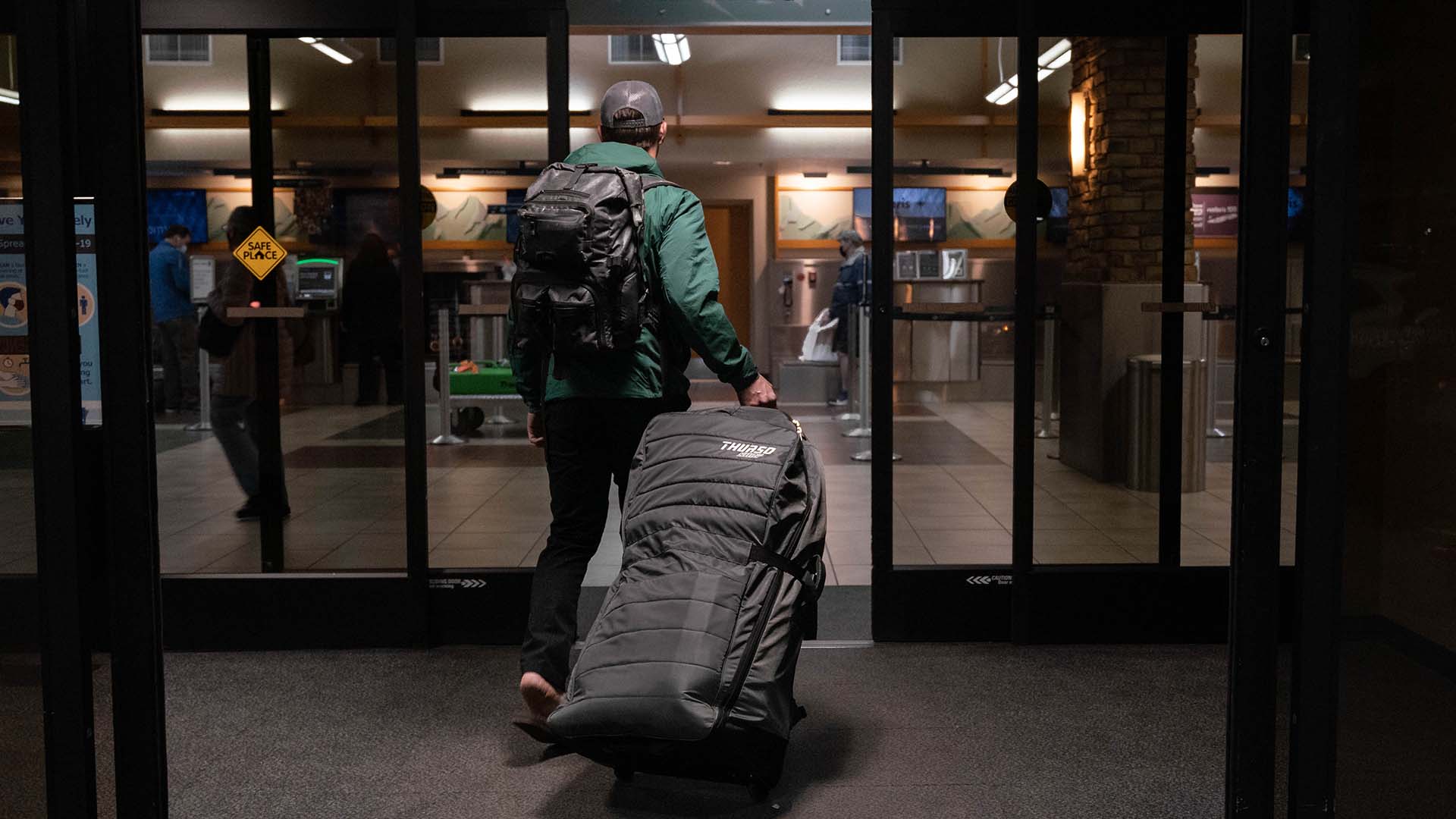
Experience hassle-free transportation with an inflatable board, eliminating concerns about carrying inconveniences.
Convenience
Convenience means different things to different people. Are you the type that likes to have your gear ready-to-go without having the responsibility of ownership? Or do you prefer the freedom of having access to your board whenever and wherever you want?
Renting a board saves you the hassle of having to transport and store your board. When you can find them, most rental shops are located near a shoreline or launch point and are set up so you pay, get kitted, and go. However, you have to deal with finding a rental shop at your desired paddle spot, hoping there are boards available or reserving a board in advance (especially during high seasons and on weekends when rentals sell out fast), and making sure you return your equipment on time. There's a lot of planning and scheduling involved even if there are boards for rent near where you'd like to paddle.
Buying a board means you are in charge and have the ultimate paddle freedom. You decide when and where you want to go, and can change your plans on the fly. If you suddenly have free time on a sunny day or get an invitation to check out a new paddle spot with a friend, you know your board is available. Your SUP is ready to go whenever you are! Plus there are no time limits; you can be out on the water for as long as you please, enjoying snack breaks, taking photos, and living in the moment. Just know that you also need to transport, clean, and store your board. Luckily with an inflatable SUP this is a cinch once you've figured out your routine.

Own your paddle board and dive into limitless water activities at your leisure!
Quality & Fit
When going out paddling, you want to be using good gear that is the right size for you. When renting, you are limited to what gear is available. The quality and selection of boards can vary depending where you go. A good company will have an updated, well-maintained fleet of boards with different sizes and types to choose from. This is great as you can try out a range of boards and get a feel for what type of board suits you. However, this is not always the case. If you're using gear at a resort or a general watersports rental shop, their SUP selection could be worn or subpar. This might be fine for a 30 minute paddle around a small lake or inner harbour but not much else. I once rented a touring board to paddle the Charles River in Boston; the board was outdated and the paddle was made of heavy aluminum. It was a lot less efficient and enjoyable to make the eight kilometer trip up the river.
When you buy a SUP board, you get to choose the quality, style, and size that suits you! Nothing beats having your own equipment as there are no unpleasant surprises such as the wrong board size, heavy paddles, or outdated equipment. Plus there is no adjusting; your paddle is already at the correct height and your board is ideal for your weight, skill level, and type of paddling. You know the quality is good because you selected the board and maintain it. I have a few boards to choose from that are suited to me; a smaller hardboard for SUP surfing, a longer, faster inflatable touring board for exploring new lakes and rivers, and of course my favourite Waterwalker 120 in Tangerine, perfect for lighter riders like me! I can rely on my boards to give me the best SUP experience with equipment I can count on.
Conclusion
Deciding whether to rent or buy a paddle board can be tricky, but we hope that this article has made the process easier for you. Are you planning to buy your first board or upgrade to a specialty board? Feel free to reach out to us if you have any questions about our lineup of SUPs!


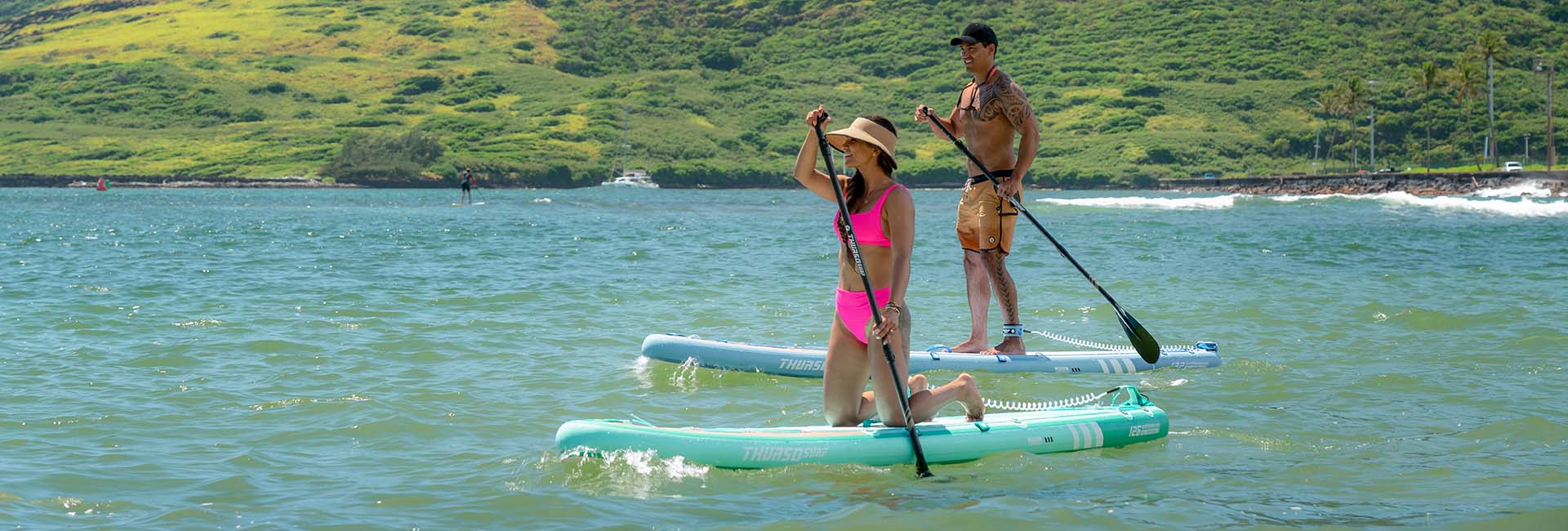
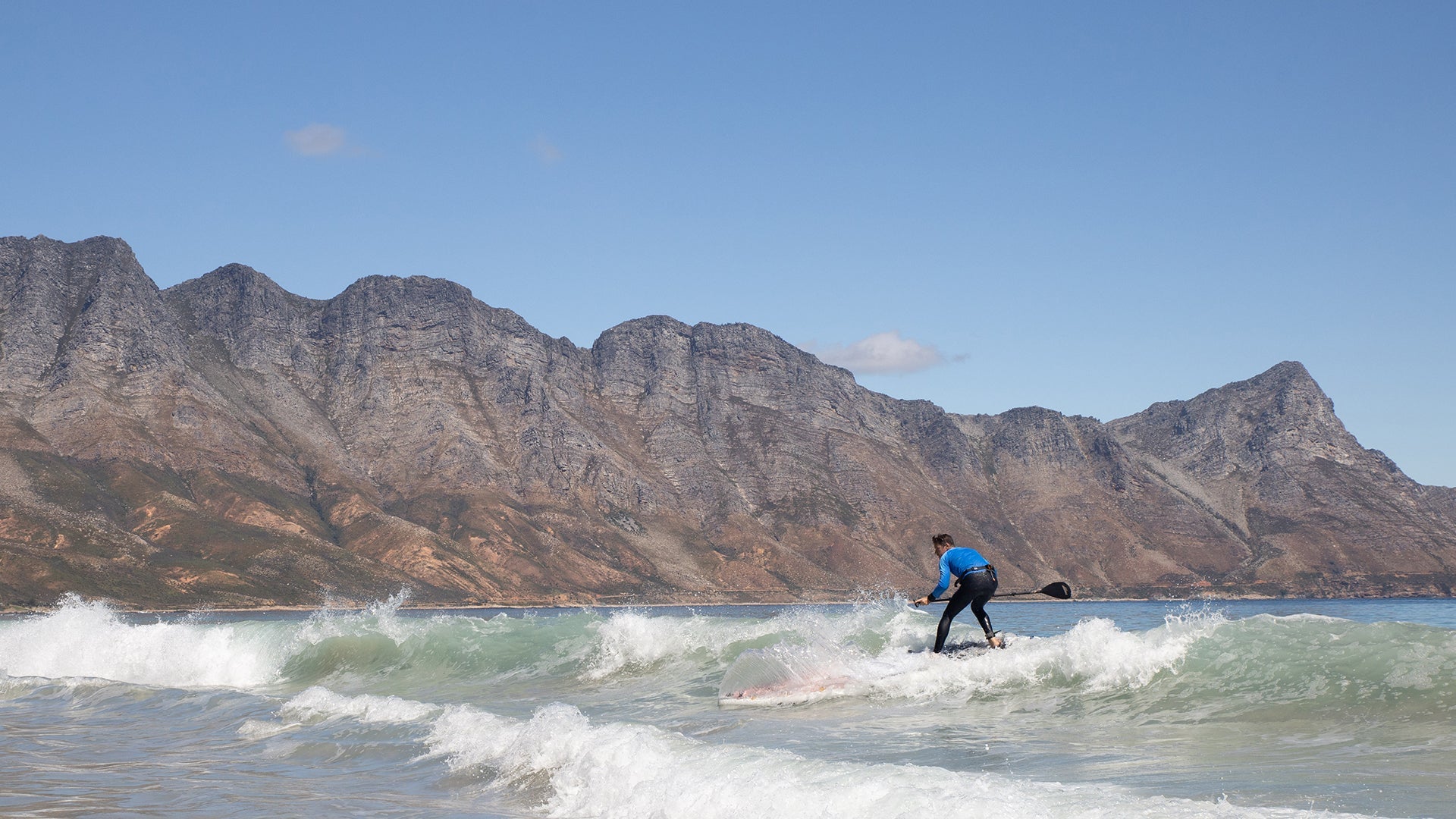
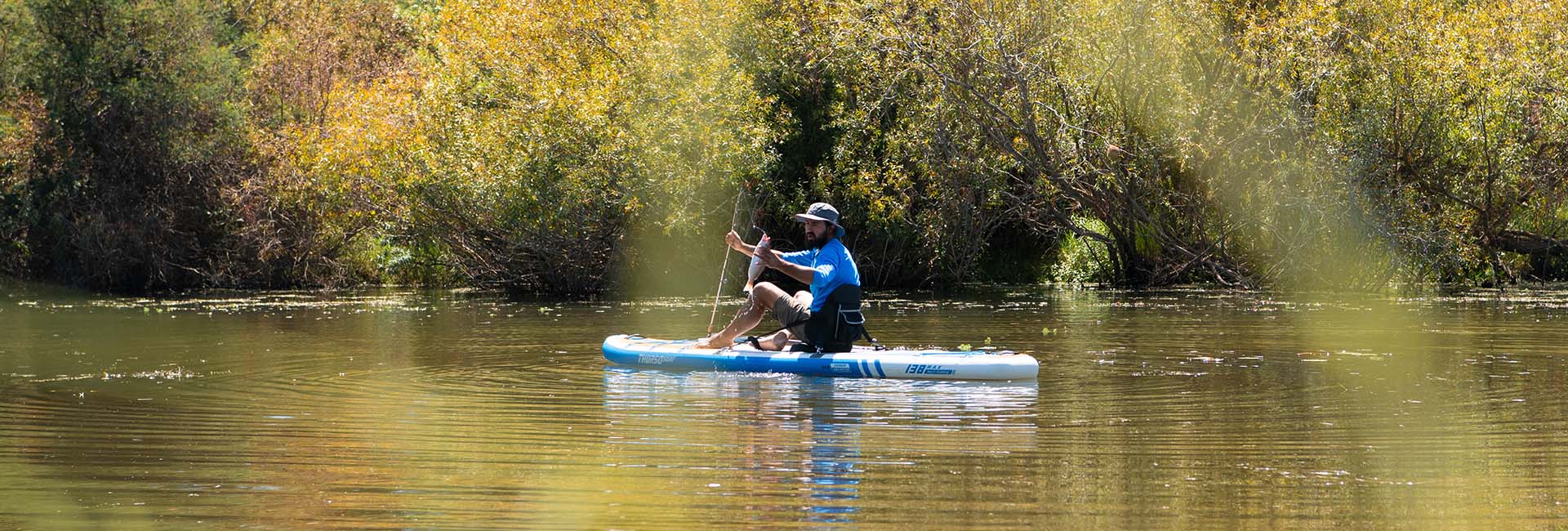
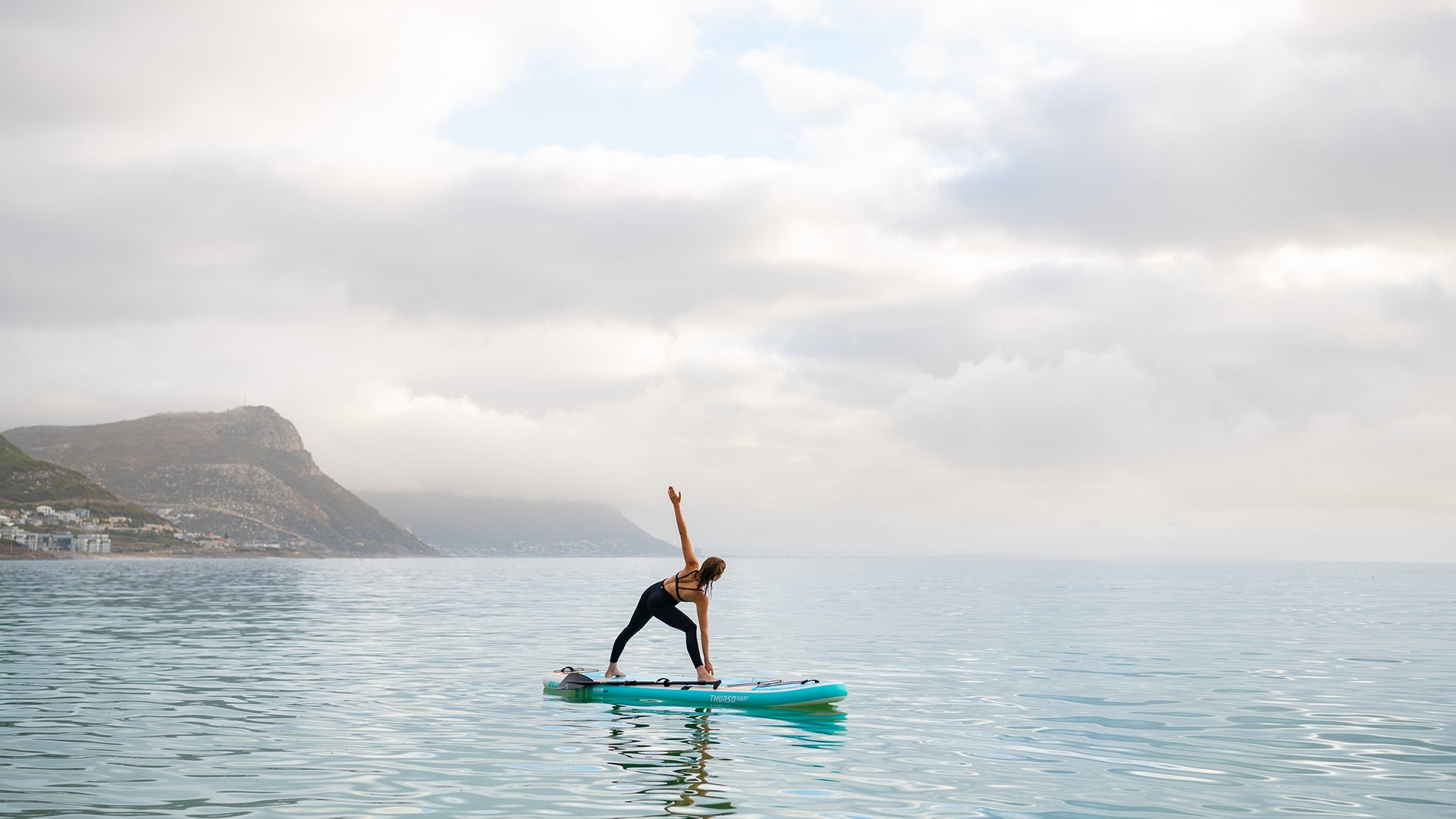
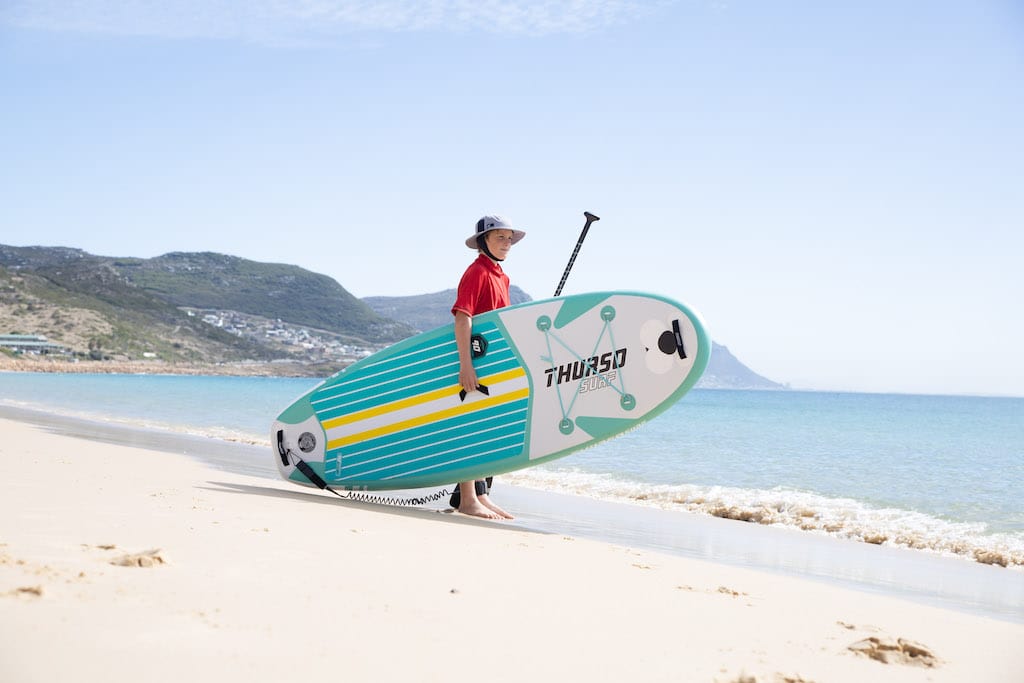
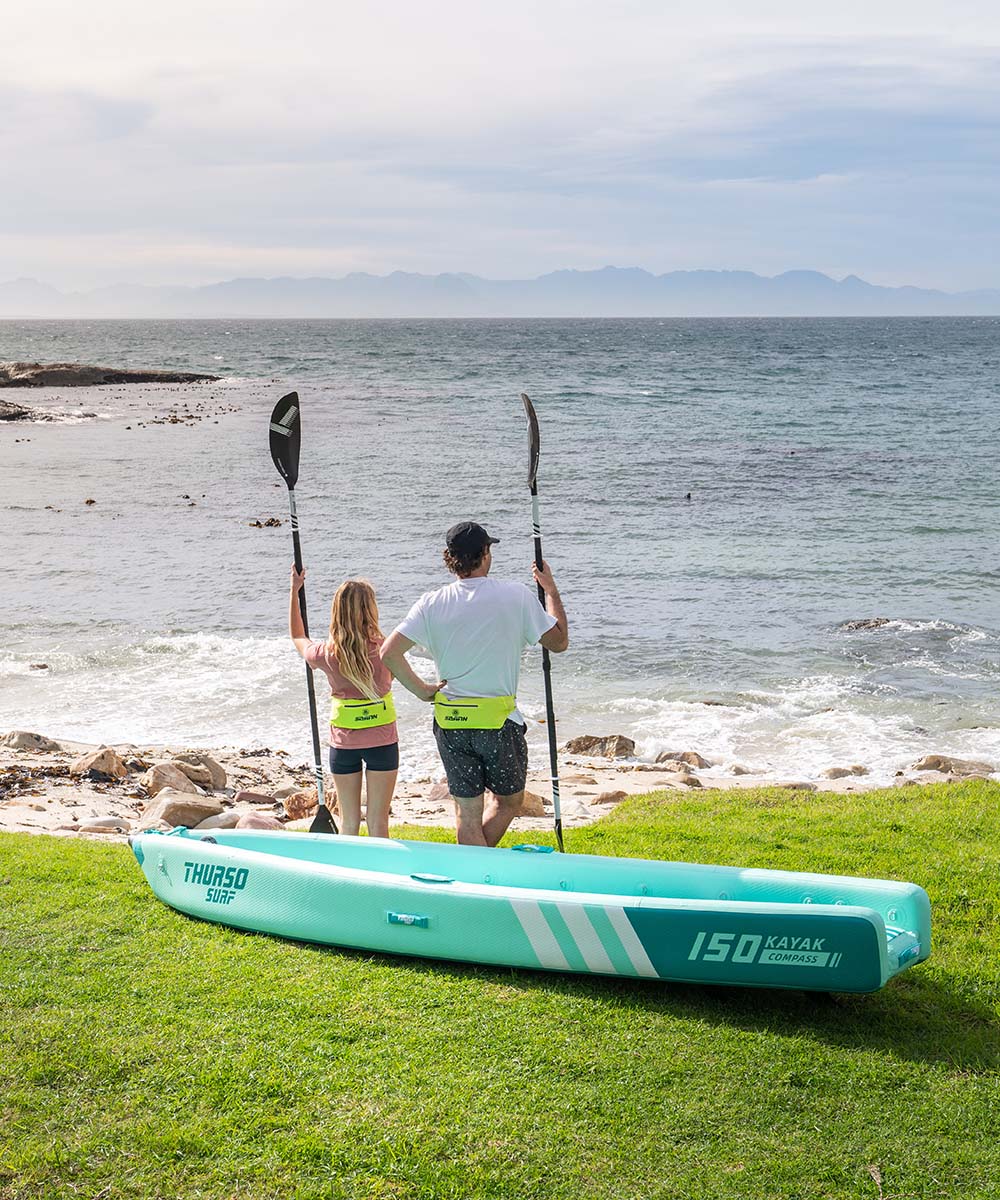
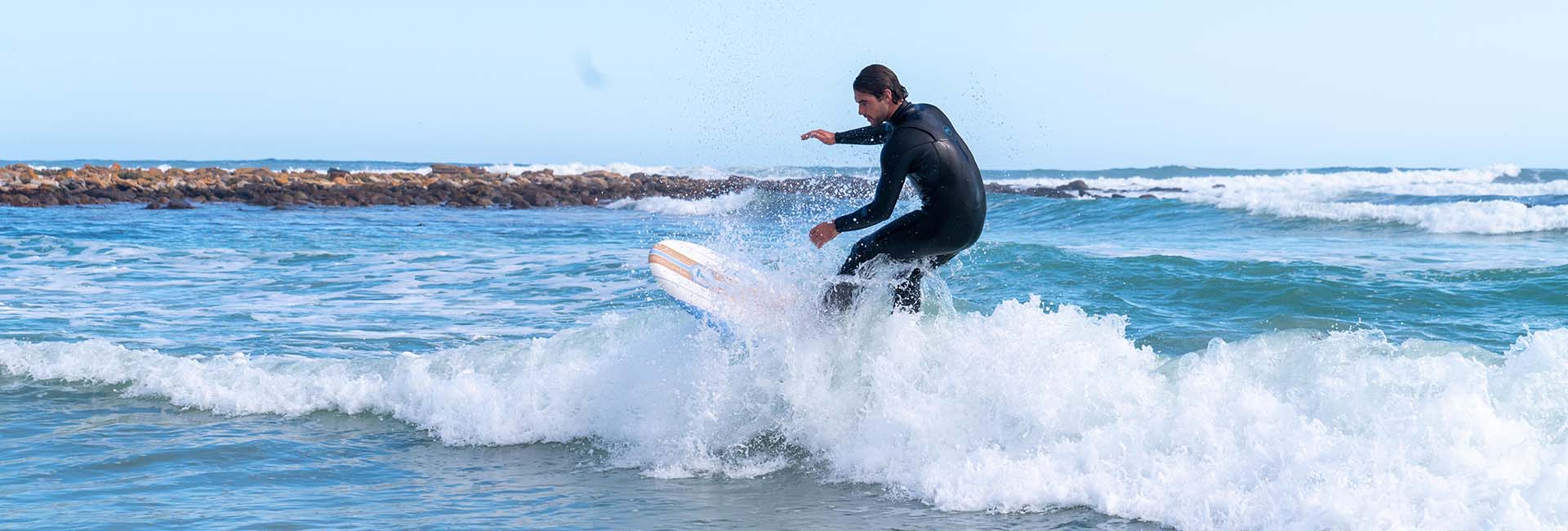
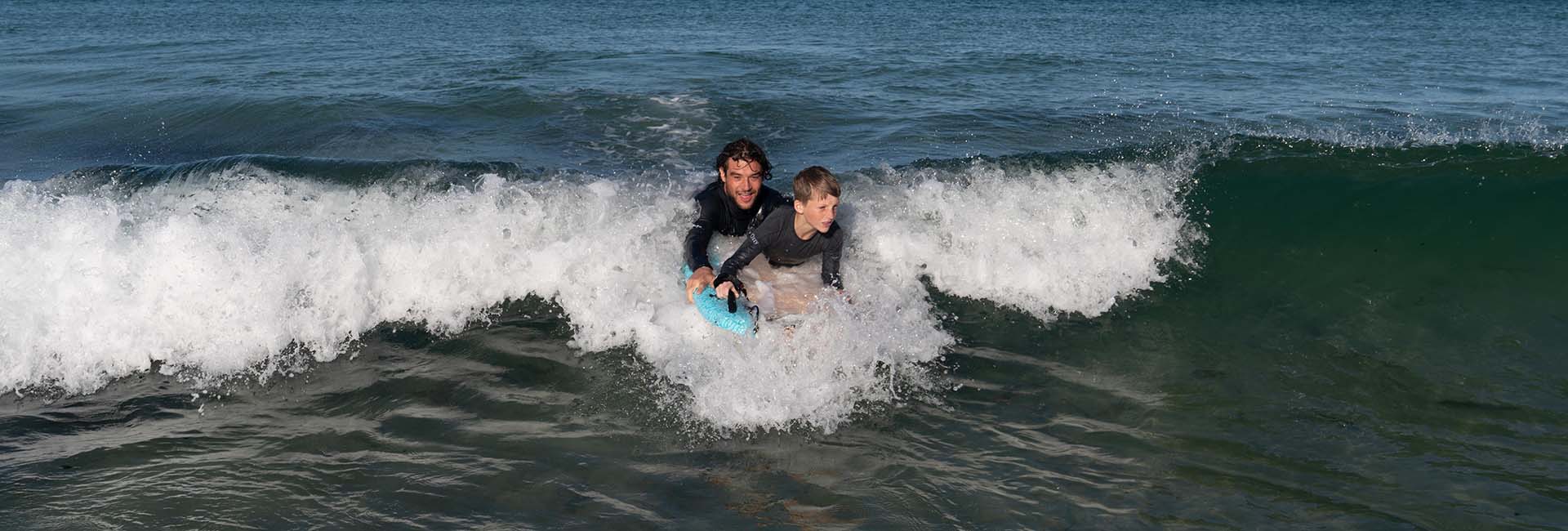
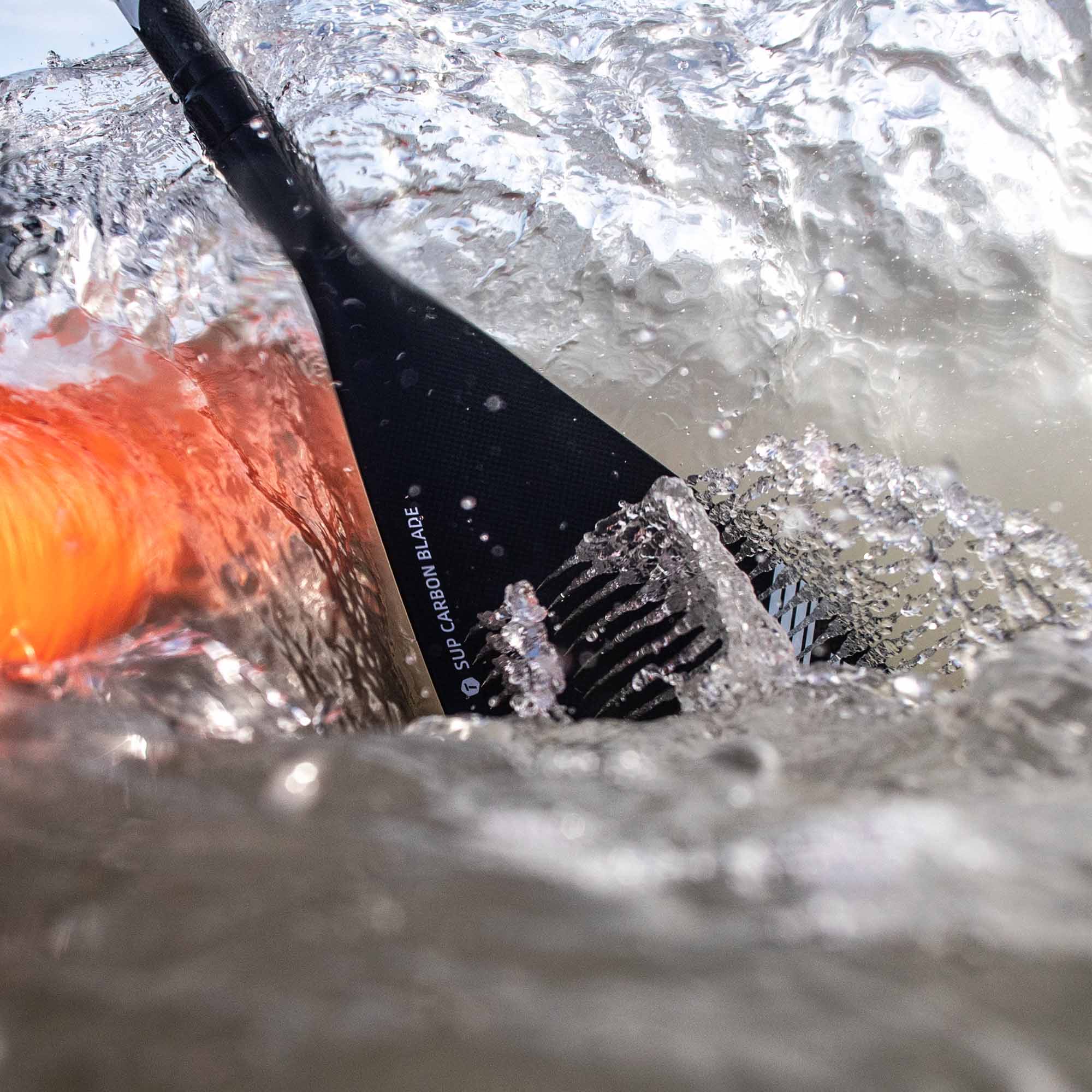
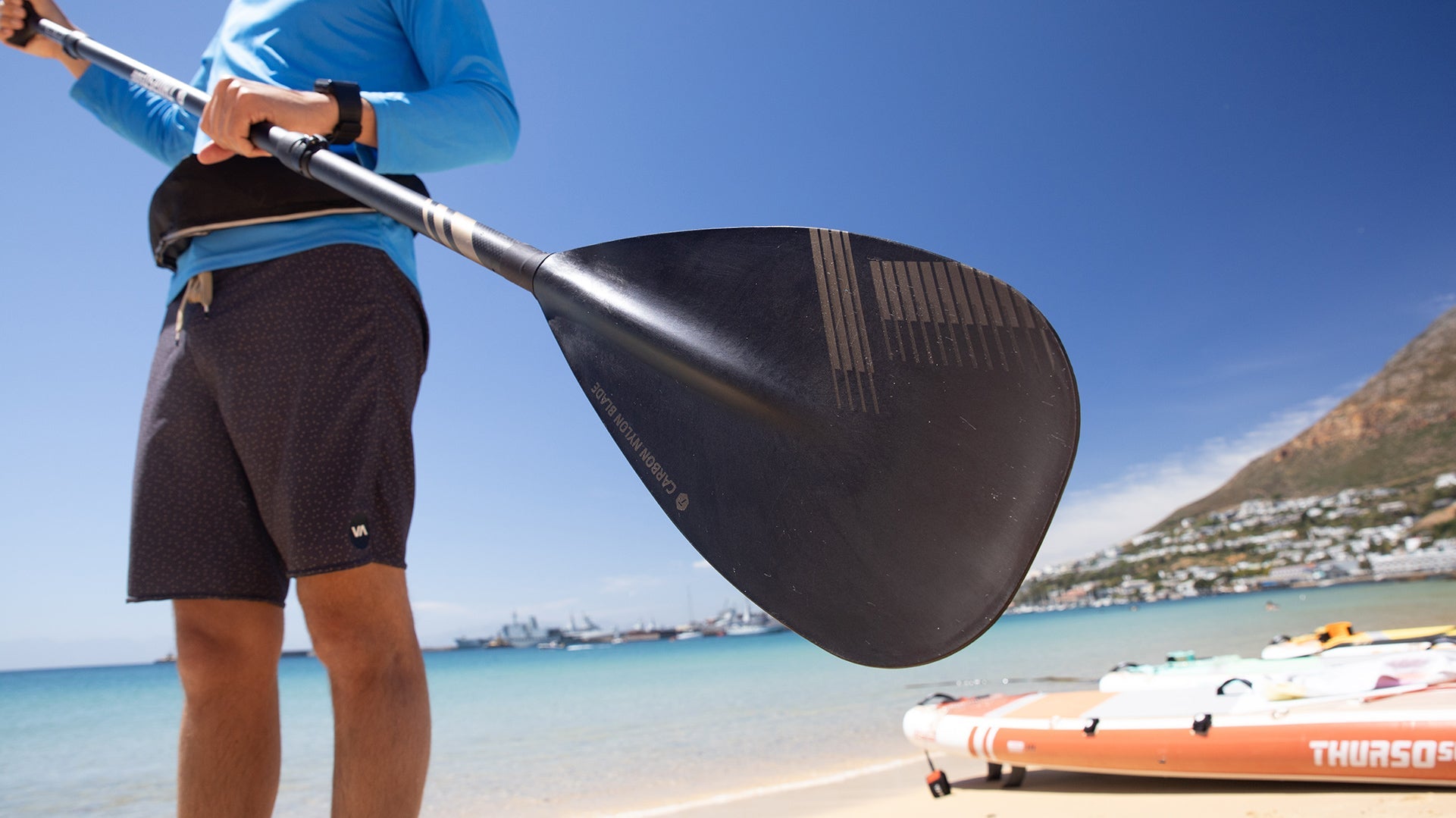
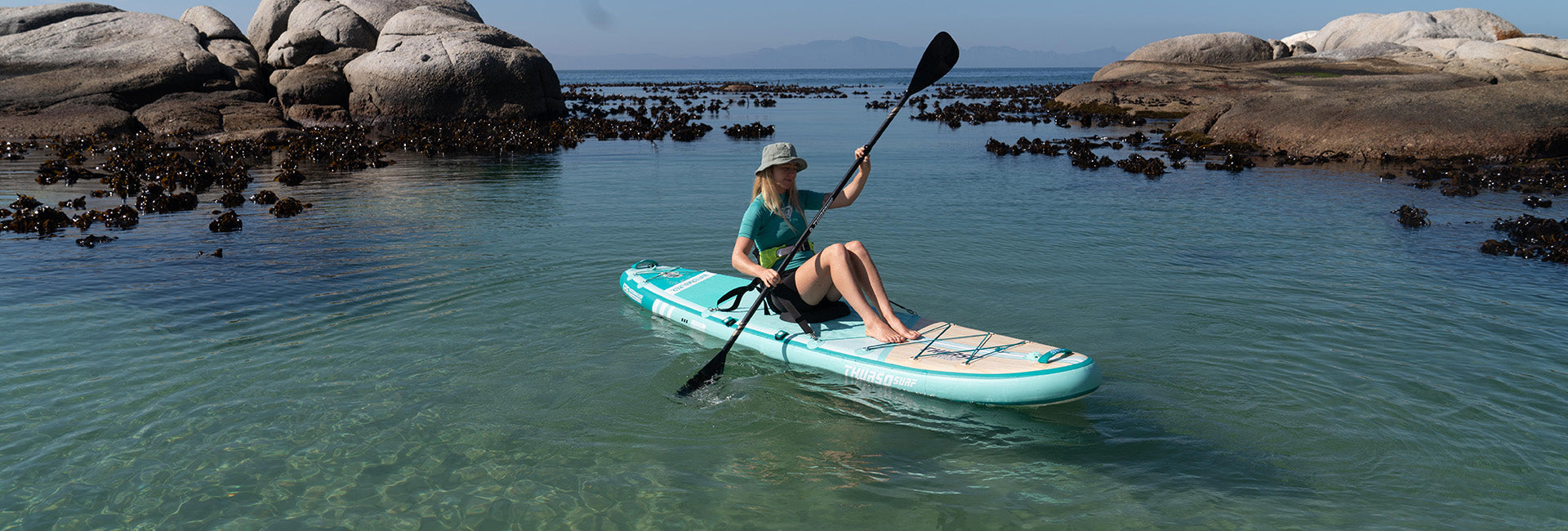

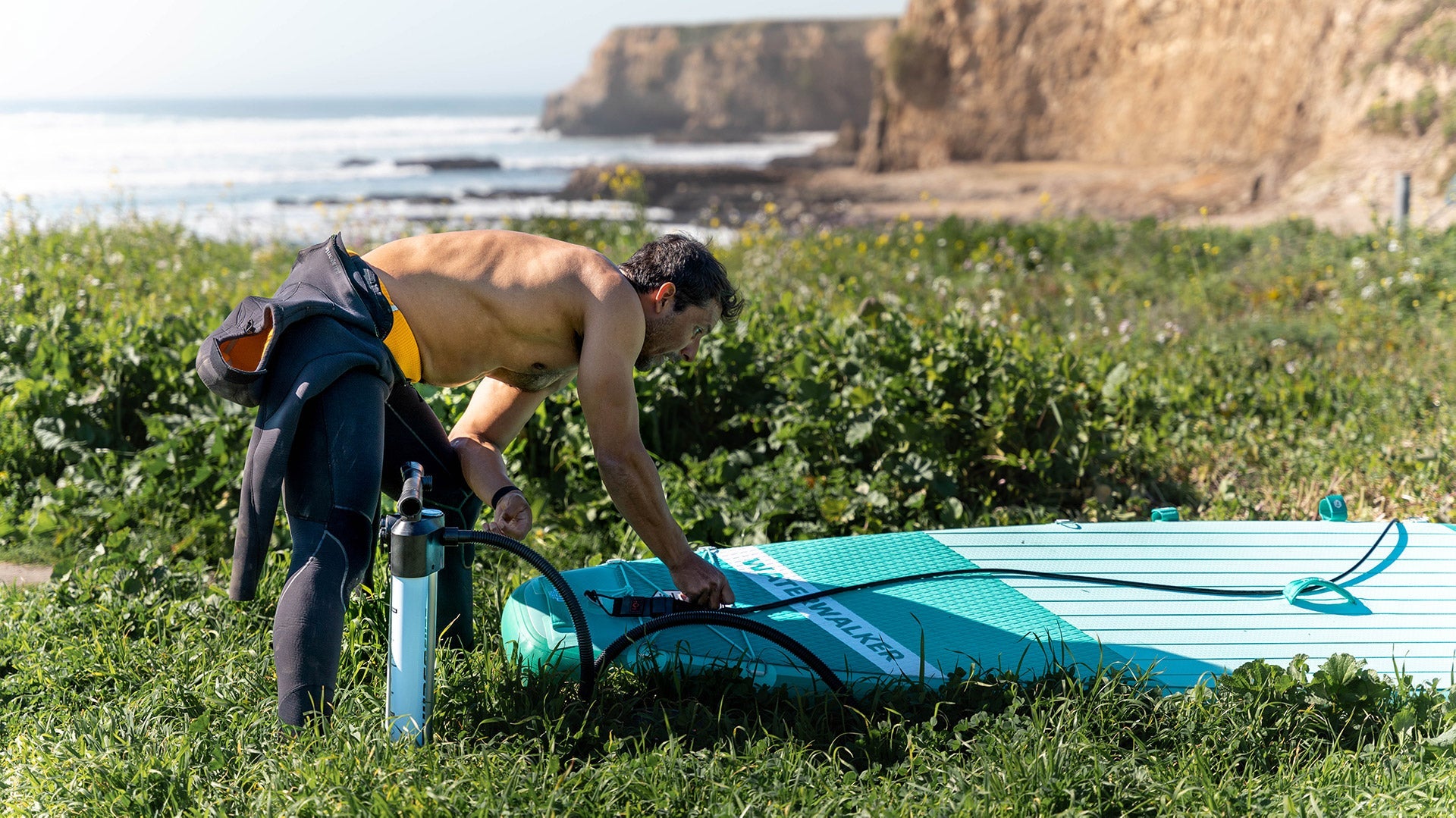
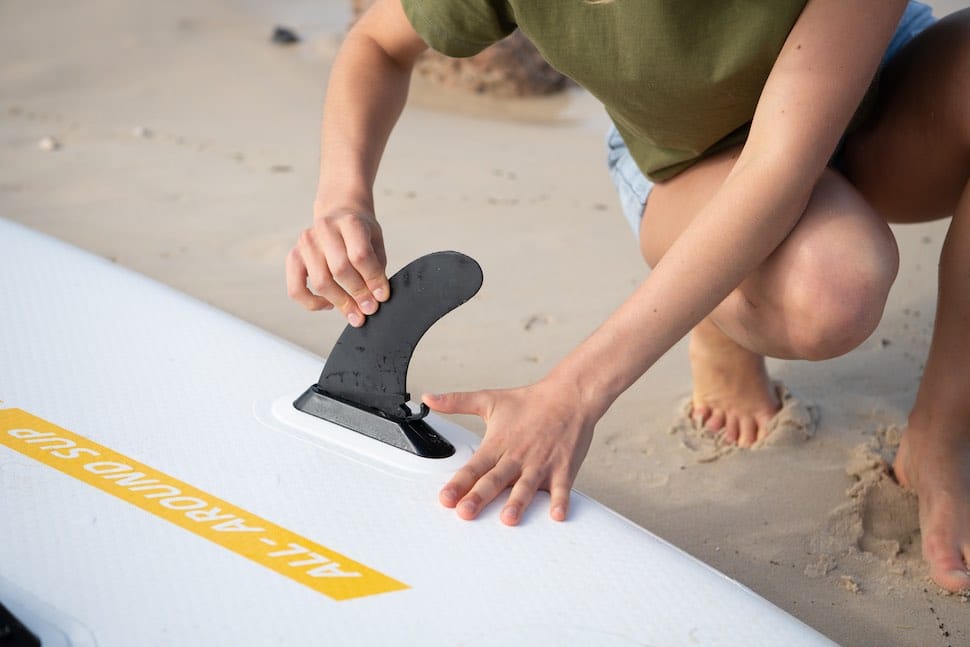
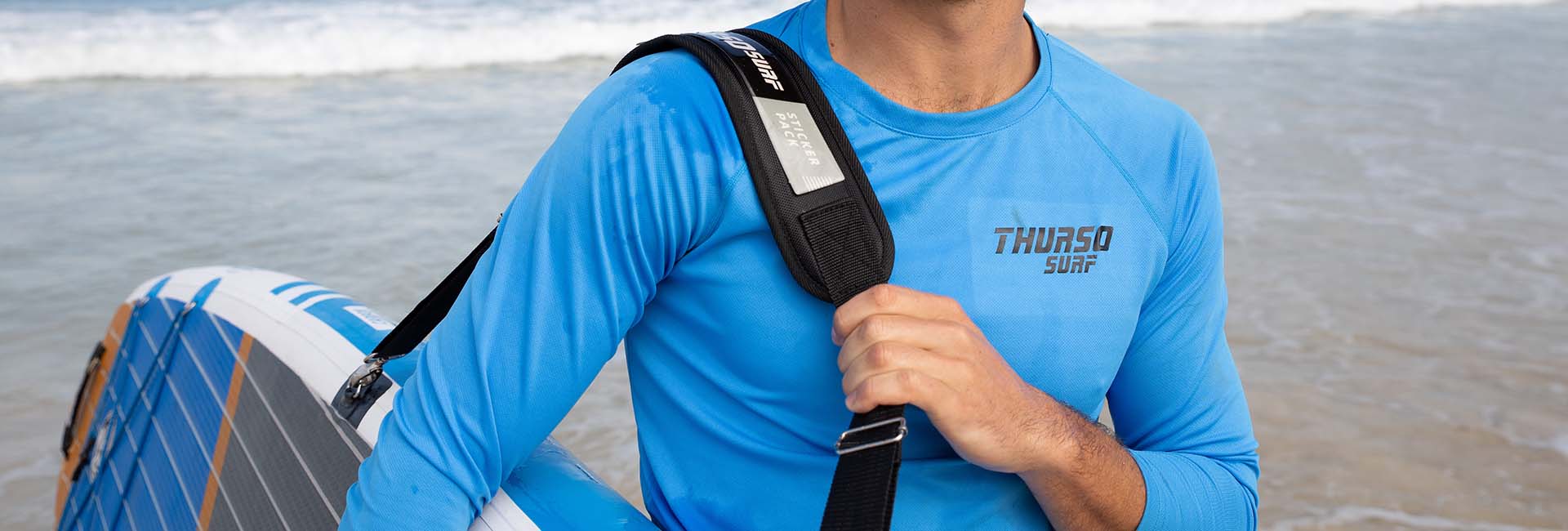



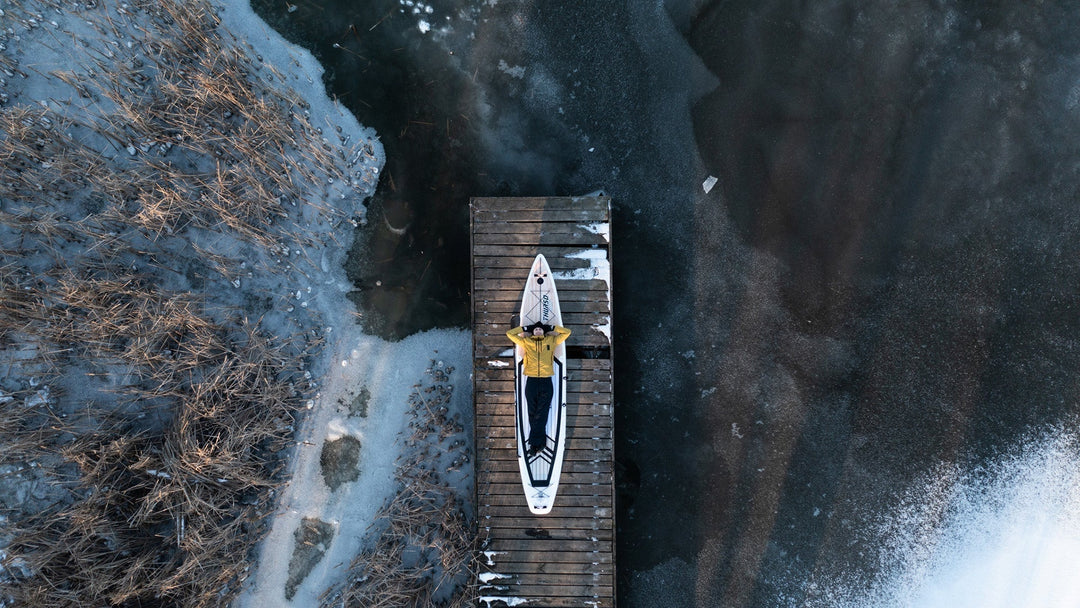
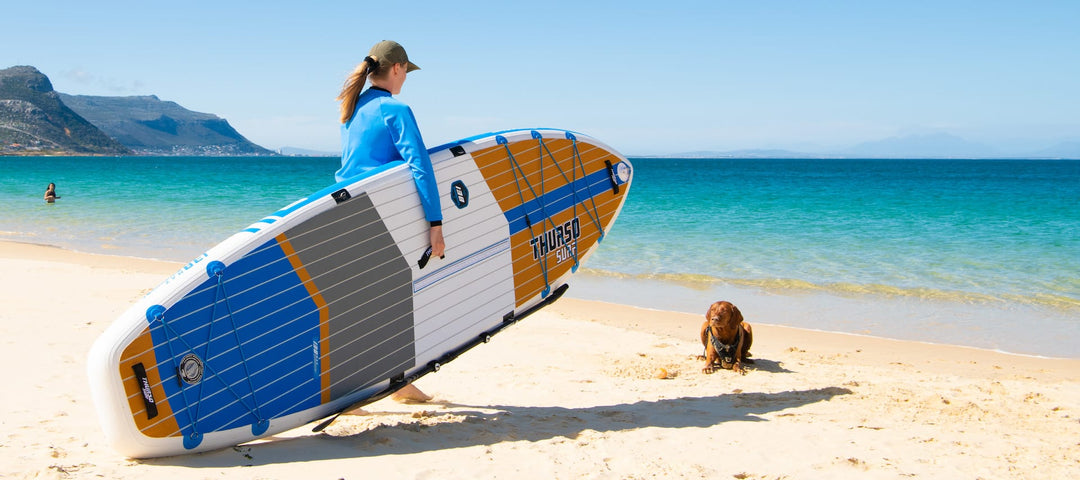
Hi Leo,
Thanks for letting us know your experience as a renter-turned-buyer. Yes, buying really does save paddlers money in the long run. Glad to hear that your Waterwalker has served you well all these years!
Happy paddling,
Jordan-na
When I started out, I did rent a paddle board from our local spot here in Oklahoma City, Flat Tide. But, those rentals add up quickly, once I discovered how much I enjoyed paddling!
I purchased my Thurso Waterwalker back when the company was brand new, and it has more than paid for itself. Not to mention the compliments I get on how beautiful the board is :-).
Get on the water!
Leave a comment